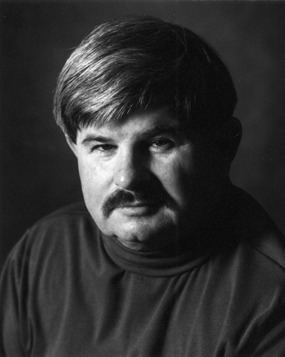Name Bill Inmon | ||
Books Building the data warehouse, Corporate information factory, DW 20, Data Architecture: A Primer f, Using the data warehouse | ||
Bill inmon
William H. Inmon (born 1945) is an American computer scientist, recognized by many as the father of the data warehouse. Bill Inmon wrote the first book, held the first conference (with Arnie Barnett), wrote the first column in a magazine and was the first to offer classes in data warehousing. Bill Inmon created the accepted definition of what a data warehouse is - a subject oriented, nonvolatile, integrated, time variant collection of data in support of management's decisions. Compared with the approach of the other pioneering architect of data warehousing, Ralph Kimball, Inmon's approach is often characterized as a top-down approach.
Contents

Bill inmon ralph kimball comparison
Biography

W. H. Inmon was born July 20, 1945 in San Diego, California. He received his Bachelor of Science degree in Mathematics from Yale University, and his Master of Science degree in Computer Science from New Mexico State University.

He has worked for American Management Systems and Coopers & Lybrand before 1991, when he founded the company Prism Solutions, which he took public. In 1995 he founded Pine Cone Systems, which was renamed Ambeo later on. In 1999, he created the Corporate Information Factory Web site to educate professionals and decision makers about data warehousing and the Corporate Information Factory.
Further Bill Inmon was the creator of the Government Information Factory, as well as Data Warehousing 2.0. Mr. Inmon is a prolific author on the building, usage, and maintenance of the data warehouse and the Corporate Information Factory. His books include "Building the Data Warehouse" (1992, with later editions) and "DW 2.0: The Architecture for the Next Generation of Data Warehousing" (2008).
In July 2007 Bill was named by Computerworld as one of the ten people that most influenced the first 40 years of the computer industry.
Bill Inmon's association with data warehousing stems from the fact that he wrote the first book on data warehousing he held the first conference on data warehousing (with Arnie Barnett), he wrote the first column in a magazine on data warehousing, he has written over 1,000 articles on data warehousing in journals and newsletters, he created the first fold out wall chart for data warehousing and he conducted the first classes on data warehousing. The term "Business Data Warehouse" was coined by Barry A. Devlin in an paper for IBM titled An architecture for a business information system in 1988, but Inmon used a similar term in the 1970's
Recent advances by Bill include the creation of DW 2.0 - the definition of the next generation of data warehousing. In addition Bill was the creator of the corporate information factory (the "cif") which describes the larger information architecture into which warehousing fits. More recently Bill has developed the technology for including unstructured textual data into the data warehouse - the world's first "textual ETL".
In 2012 Bill developed and made public technology known as "textual disambiguation". Textual disambiguation applies context to raw text and reformats the raw text and context into a standard data base format. Once raw text is passed through textual disambiguation, it can easily and efficiently be accessed and analyzed by standard business intelligence technology. Textual disambiguation is accomplished through the execution of textual ETL. Textual disambiguation is useful wherever raw text is found, such as in documents, Hadoop, email, and so forth.
Publications
Bill Inmon has published more than 40 books and 1,000 articles on data warehousing and data management. A selection:
- 2015. Preventing Litigation: An early warning system to get big value out of big data. Business Expert Press, 2015
